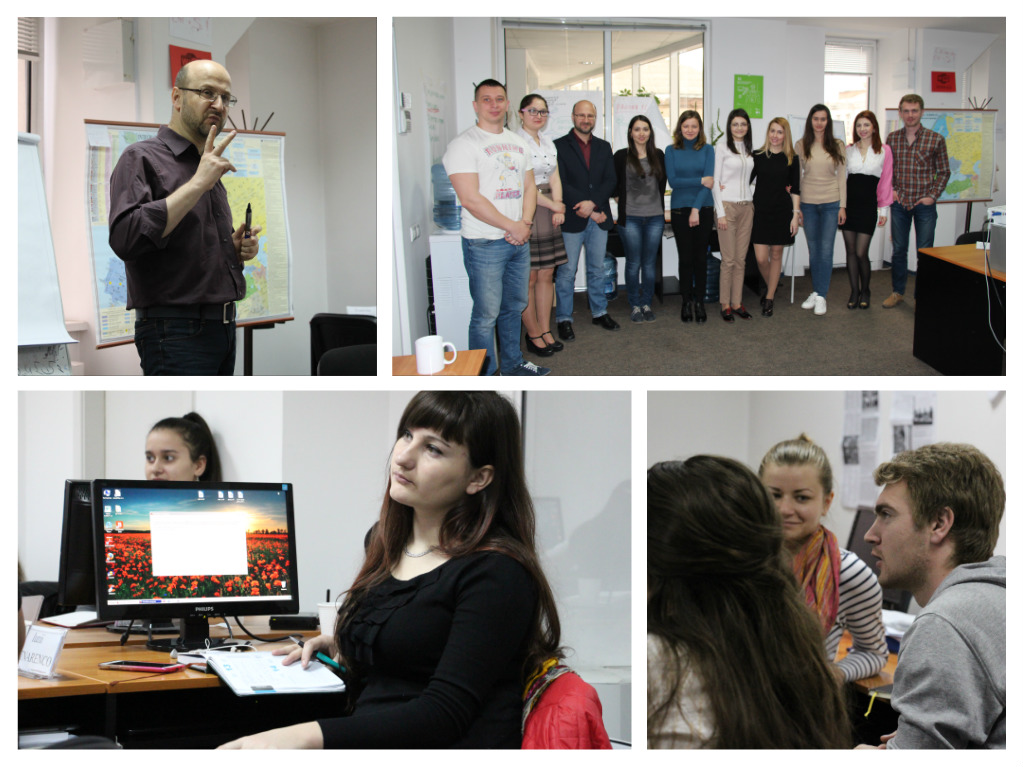Social Journalism, a course that teaches writing about people and their problems

Social issues are an essential component of all newscasts on TV, radio, and online. The common man and their problems often grab the attention of the media, and journalists in recent years have turned into storytellers, whose role is to inform the public about such topics. The course of social journalism at the SAJ aims to help students discover topics about common people. Vitalie Dogaru, course trainer, teaches SAJ students to approach “delicate” issues.
The course lasted six days, during which the students of the School of Advanced Journalism did fieldwork and prepared two materials. The first article was written after they, together with the trainer, visited the “Tony Hawks” Center for Rehabilitation and Social Integration of Children with Disabilities in Chisinau. The purpose of the visit was to carefully observe the situation and cover as clearly and accurately as possible the things they saw and recorded.
Young journalists went through a real trial by fire. Some of them found it very difficult to keep their emotions under control when they had to write about children with special needs, although Vitalie Dogaru told them more than once that “a journalist can’t become emotionally involved, cry, or be distressed about their interlocutor…”
SAJ students had three days to prepare the second article: during that time they researched social issues, spoke with sources, chose by themselves the topic, and then edited and designed the layout of materials.
During lessons, students found a lot about social institutions and the variety of social topics. They understood the impact that materials on social topics can have, how “delicate” topics can be covered, and why observance of ethics and deontology is essential in this journalistic genre. Several students confessed that, while very difficult, this course strengthened their “professional immunity” and made them more self-confident. “Now I understand what the social responsibility of journalists means,” said student Svetlana Parfeni.
